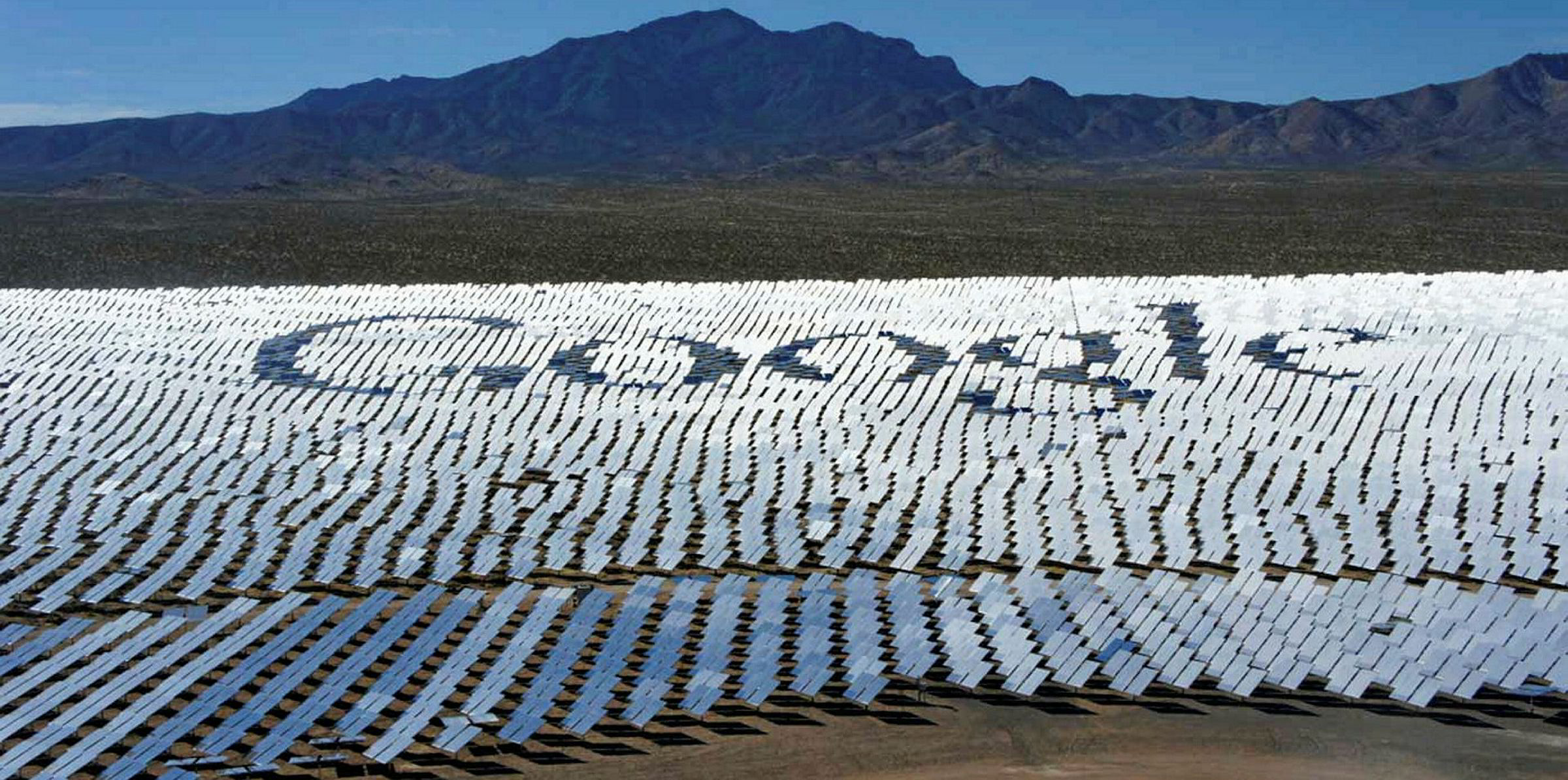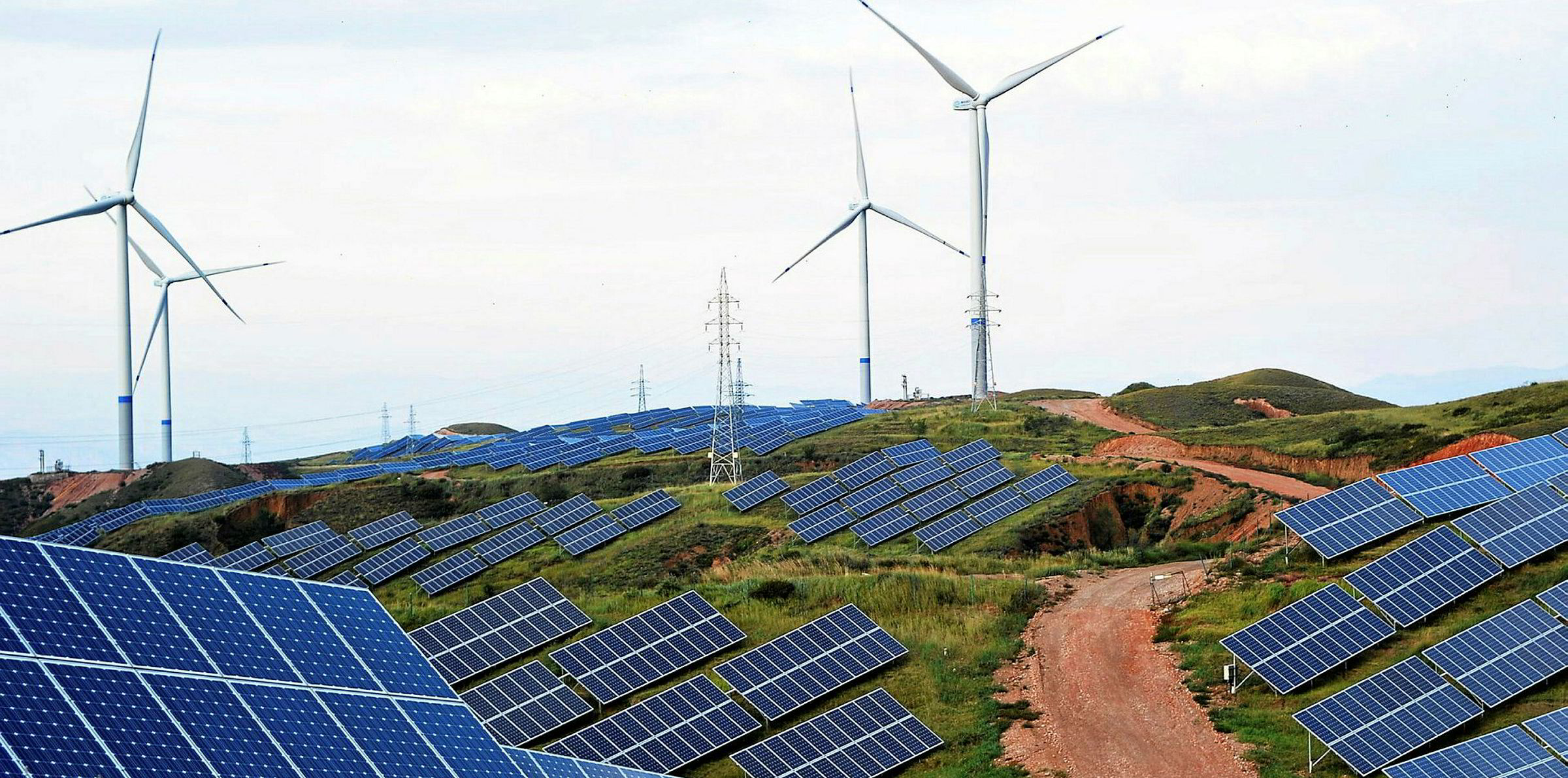US corporations installed 1.28GW of new commercial solar capacity nationwide in 2019, a 10% increase from the previous year, as system prices continued to decline amid a proliferation of "explicit renewable energy and carbon goals" from huge names like Apple, Amazon and Walmart, said the Solar Energy Industrial Association (SEIA).
New onsite solar capacity was a record 844MW, also driven by demand caused by expiring incentive programmes in several states and step-downs in the federal investment tax credit (ITC). Off-site commercial installations totaled 441MW.
“The world’s most recognisable brands are walking the walk when it comes to their clean energy commitments,” said Abigail Ross Hopper, chief executive of SEIA.
Systems tracked in the SEIA's Solar Means Business report – about 70% of all US commercial solar activity – generated 12.7 million MWh of electricity annually, enough to power 1.6 million homes. They offset 8.9 million metric tons of CO2 each year.
At the end of 2019, the corporate and industrial (C&I) sector had more than 8.35GW of operable solar capacity across those 38,000 systems.
Apple was the US corporate leader with 398MW of installed solar capacity thus far, followed by Amazon (369MW), Walmart (331MW), Target (284MW) and Google (245MW), according to the annual report.
Corporations are investing to install solar on factory, headquarters and retail store rooftops, parking canopies, and stand-alone arrays off-site.
The price to install an on-site commercial system has dropped by 30% over the last five years. Price declines have been driven by reductions in the cost of panels and other hardware, but also by improvements in labor efficiency and company overhead as markets become more competitive.
Tariffs on imported panels imposed by the Trump administration have slowed price declines since their implementation in 2018, domestic module prices are $0.12 - $0.13/watt higher than global prices.
“As tariffs continue to step down and then expire entirely in 2022, system prices should decline as well,” said SEIA.
California continues to lead the nation for commercial solar with 3.19GW due to a supportive policy environment and excellent solar resources. New Jersey was second (1.18GW) and New York third (922MW).
Looking ahead
So far this year, the coronavirus pandemic has not had major impacts on US business interest in solar, according to the report. Off-site projects continue to be built and procured with only minor disruption.
Some smaller companies have postponed 2020 rooftop installations, but the pause is only expected to be temporary. Larger corporates said that the pandemic has not caused them to change or delay their renewable energy goals.
Still, Covid-19 impacts will cause total US solar installations to decline this year along with transitioning state incentive structures that have made rooftop solar less attractive in certain markets, SEIA said.






